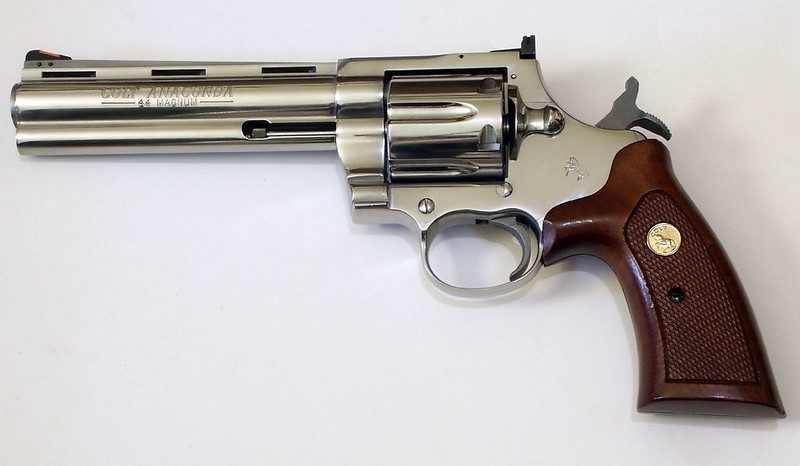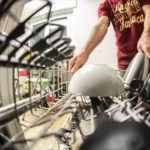Table of Contents
Hatching chicks is a fascinating process, filled with anticipation and excitement. However, it can also be fraught with worry, particularly when things don’t seem to be progressing as expected.
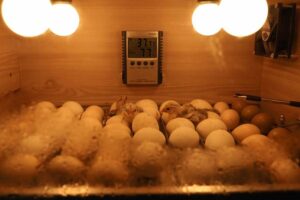
This article aims to provide a comprehensive understanding of what to expect during the hatching process, particularly focusing on the scenario where a chick has pipped but not zipped after 24 hours.
Chick Incubation Process
The incubation process of a chick spans over 21 days and is divided into several stages. Initially, the embryo develops and grows inside the egg.
Around the 18th day, the chick begins positioning itself for hatching. The last three days are critical as this is when the chick starts its journey out of the shell.
Several factors influence the incubation period, including temperature, humidity, and ventilation.
Maintaining optimal conditions is crucial for successful hatching. Any deviations can delay hatching or lead to complications.
Timing and Duration of Pipping
Typically, pipping occurs on the 20th day of incubation. However, slight variations can occur depending on the breed and incubation conditions.
Once pipping has occurred, it can take up to 24 hours or more for the chick to start zipping.
Timing and Duration of Zipping
Zipping usually begins within 24 hours after pipping. However, it can sometimes take longer, especially if the chick is a bit weak or if the humidity levels in the incubator are low.
Chick Pipped But Not Zipping After 24 Hours – Is That Expected?
When observing the hatching process, it’s natural to wonder whether certain behaviors or delays are expected.
The short answer is yes, it can be entirely normal for a chick that has pipped not to start zipping after 24 hours.
This period allows the chick to rest and gather strength for the next demanding phase: zipping and emerging from the shell.
The timing of each stage of the hatching process can vary significantly between individual chicks. Some are quick to pip and zip, while others take their time.
Several factors influence this timeline, including the chick’s strength and health, the conditions within the incubator, and even the breed of the chicken.
It’s important to remember that hatching is an exhausting process for the chick. After pipping, the chick will often rest and absorb the remaining yolk into its body for nourishment.
This resting phase can last several hours and is a critical part of the hatching process.
Humidity plays a crucial role during this stage. If humidity levels within the incubator are too low, the inner membrane of the egg can dry out, making it harder for the chick to turn and begin zipping.
Therefore, maintaining optimal humidity levels in the incubator can help ensure a smooth transition from pipping to zipping.
However, if a chick hasn’t begun zipping after 24-48 hours since pipping, or if it shows signs of distress, it might be facing difficulties.
These complications could be due to factors like the chick being positioned wrongly inside the egg or the shell being too hard for the chick to break through.
When a Chick Pips but Doesn’t Zip – Possible Reasons

If a chick has pipped but hasn’t started zipping after 24 hours, there could be several reasons.
High Humidity During Incubation
The humidity level during incubation plays a crucial role in the hatching process. If the humidity was too high, it could cause the air cell within the egg to be smaller than usual.
This might result in the chick pipping at the wrong end of the egg, making it difficult for the chick to proceed with zipping and eventually hatching.
Weakness or Poor Health
Chicks need a significant amount of strength to break through the eggshell, which can be exhausting.
If a chick is weak or in poor health, it might pip but then lack the energy needed to continue with zipping.
In such cases, the chick might not show any movement or chirping, indicating that it’s either too weak or has unfortunately passed away.
Poor Ventilation or Improper Humidity
Ventilation and humidity are critical factors for successful hatching. Poor ventilation within the incubator can lead to a buildup of carbon dioxide, which can weaken the chick.
On the other hand, improper humidity levels, especially if too low, can cause the membrane within the egg to dry out and harden, making it difficult for the chick to turn and start zipping.
Malpositioning Within the Egg
Sometimes, the chick may be positioned incorrectly within the egg, which could hinder its ability to pip and zip properly.
For instance, if the chick is positioned backwards, it might have little to no space to maneuver and start the zipping process.
Shell Hardness
In some cases, the hardness of the eggshell can also influence the hatching process. If the shell is too hard, it can become challenging for the chick to break through, causing it to pip but not zip.
In conclusion, several factors can contribute to a chick pipping but not proceeding to zip.
It’s crucial to maintain optimal hatching conditions and closely monitor the process to identify any potential issues early on.
Intervention Measures
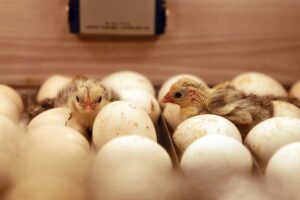
Intervention should be considered a last resort and only when absolutely necessary.
If the chick hasn’t made progress after 24 hours since pipping, or if it shows signs of distress, intervention may be required.
Assisting a chick requires care and precision. Using a warm, damp cloth, you can gently moisten the membrane to prevent it from drying out.
If necessary, tiny pieces of the shell can be carefully removed to aid the chick’s progress.
Potential Risks and Complications
Intervening carries significant risks. It can potentially harm the chick if not done correctly.
Moreover, removing the shell too early can lead to bleeding, as the blood vessels in the membrane may not have fully receded.
If complications arise, it’s essential to keep the chick warm and comfortable. In severe cases, seeking help from a veterinarian or an experienced chicken keeper is advisable.
Prevention and Best Practices
The best way to prevent issues during hatching is to ensure optimal incubation conditions.
This includes maintaining the right temperature and humidity levels and turning the eggs regularly during the first 18 days of incubation.
Closely monitoring the chicks during the hatching process can help identify any problems early on. Responding promptly to signs of distress can make the difference between life and death for the chick.
Conclusion
Hatching chicks is a delicate process that requires patience and understanding.
While it can be worrying if a chick pips but doesn’t zip after 24 hours, it’s important to remember that each chick has its own pace.
Intervention should only be considered when absolutely necessary, and even then, it must be done with utmost care.
By maintaining optimal incubation conditions and closely monitoring the chicks, you can maximize your chances of a successful hatch.

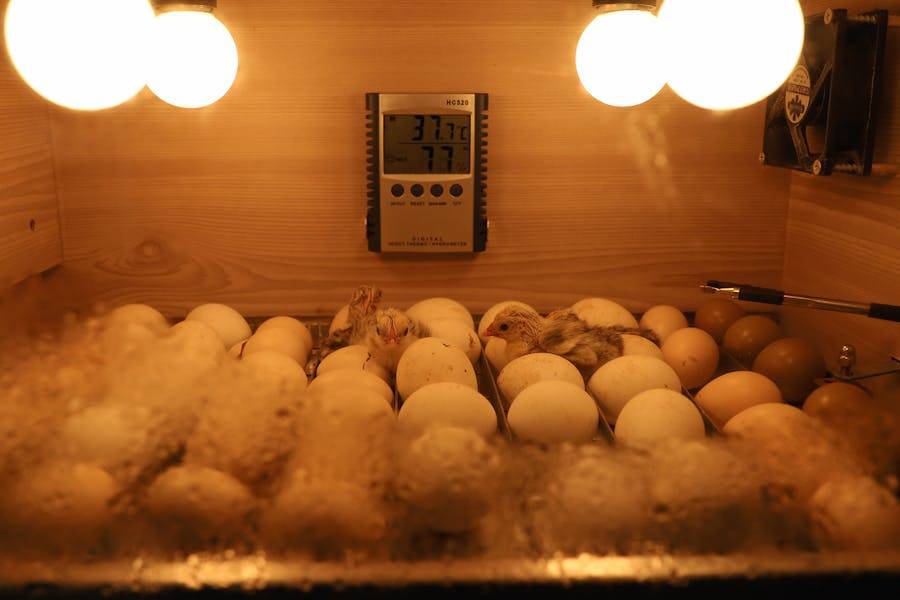

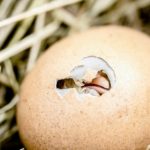

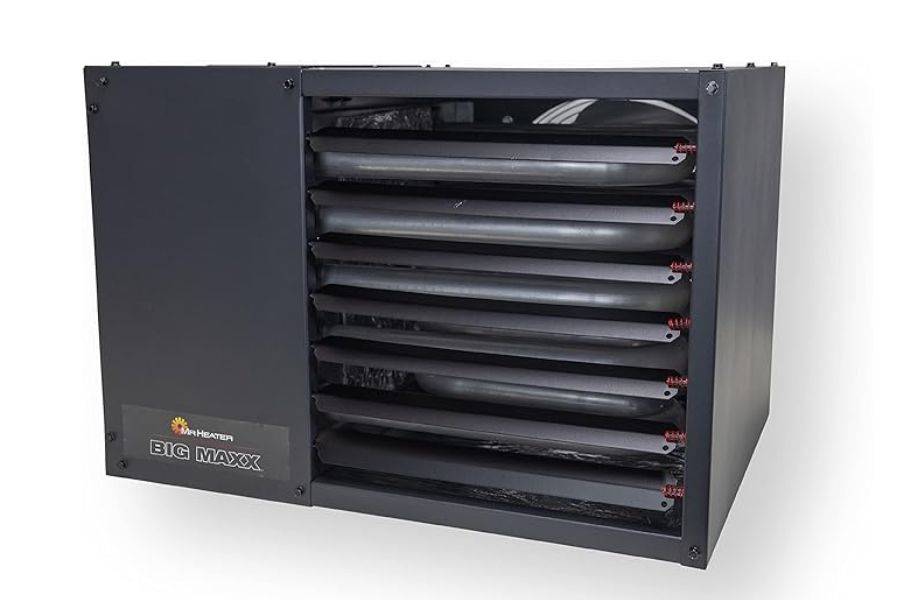
![Hot And Neutral Reversed But Wired Correctly [Causes + Solutions] Hot And Neutral Reversed But Wired Correctly [Causes + Solutions]](https://homesteadandprepper.com/wp-content/uploads/2022/06/Hot-And-Neutral-Are-Reversed-But-Wired-Correctly-150x150.jpg)
